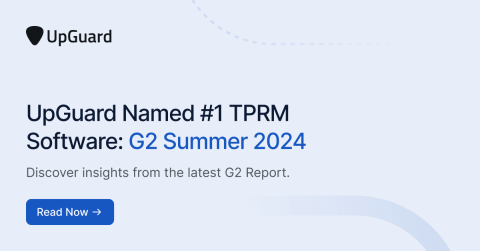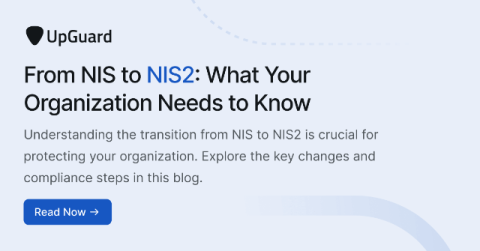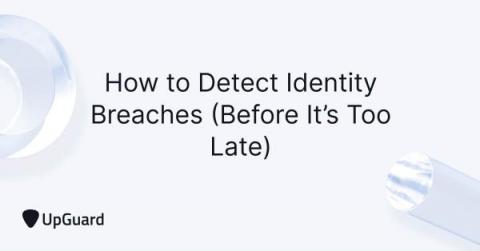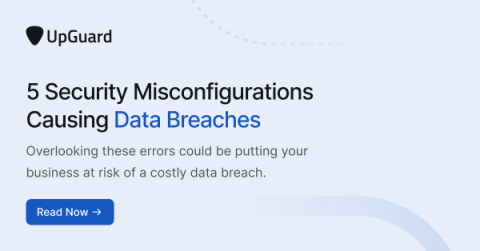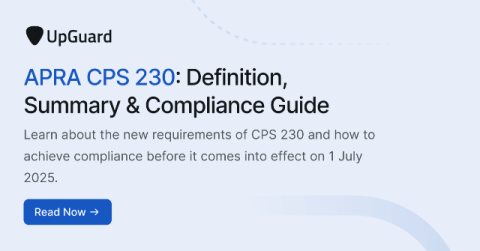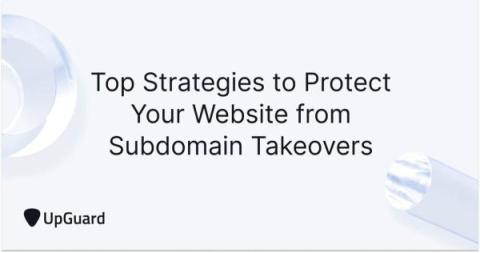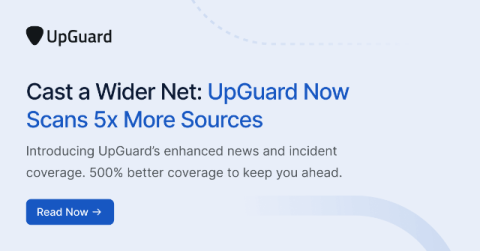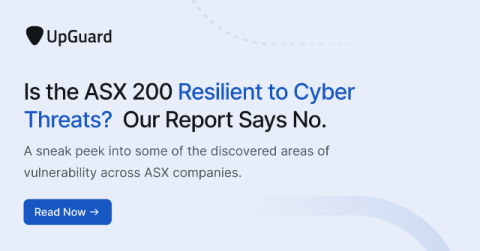UpGuard Summit May 2024 Recap: Automated TPRM
The second UpGuard Summit of 2024 kicked off at the end of May, welcoming security professionals from APAC, EMEA, India, and the U.S. to discuss key developments and strategies across the cybersecurity industry. This quarter’s event focused on third-party risk management (TPRM), specifically how security teams can use automation to eliminate manual work and streamline critical TPRM workflows and processes.



